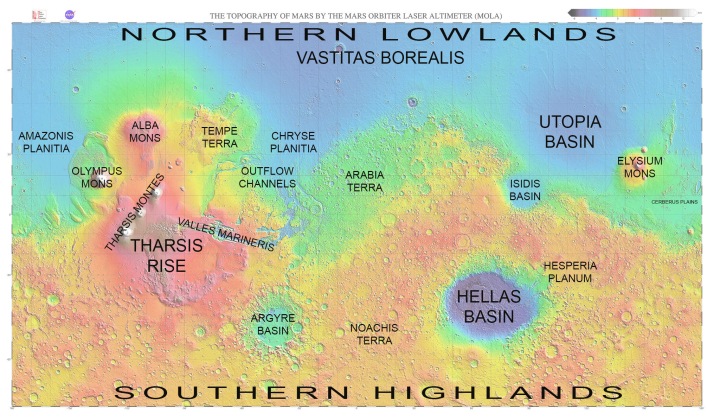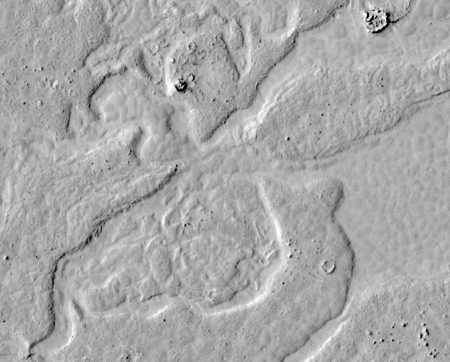Trump administration considering reinstating fees to purchase Landsat images
The Trump administration is considering reinstating the fee system to purchase Landsat images that existed prior to 2008.
Not surprisingly, the Nature article is completely hostile to this idea. The quote below gives a flavor.
Since the USGS made the data freely available, the rate at which users download it has jumped 100-fold. The images have enabled groundbreaking studies of changes in forests, surface water, and cities, among other topics. Searching Google Scholar for “Landsat” turns up nearly 100,000 papers published since 2008.
A USGS survey of Landsat users released in 2013 found that the free distribution of Landsat imagery generates more than US$2 billion of economic benefit annually — dwarfing the programme’s current annual budget of roughly $80 million. More than half of the nearly 13,500 survey respondents were academics, and the majority lived outside the United States. [emphasis mine]
Why should scientists, a majority of which are not even Americans, have a free ride?
The Trump administration is considering reinstating the fee system to purchase Landsat images that existed prior to 2008.
Not surprisingly, the Nature article is completely hostile to this idea. The quote below gives a flavor.
Since the USGS made the data freely available, the rate at which users download it has jumped 100-fold. The images have enabled groundbreaking studies of changes in forests, surface water, and cities, among other topics. Searching Google Scholar for “Landsat” turns up nearly 100,000 papers published since 2008.
A USGS survey of Landsat users released in 2013 found that the free distribution of Landsat imagery generates more than US$2 billion of economic benefit annually — dwarfing the programme’s current annual budget of roughly $80 million. More than half of the nearly 13,500 survey respondents were academics, and the majority lived outside the United States. [emphasis mine]
Why should scientists, a majority of which are not even Americans, have a free ride?


